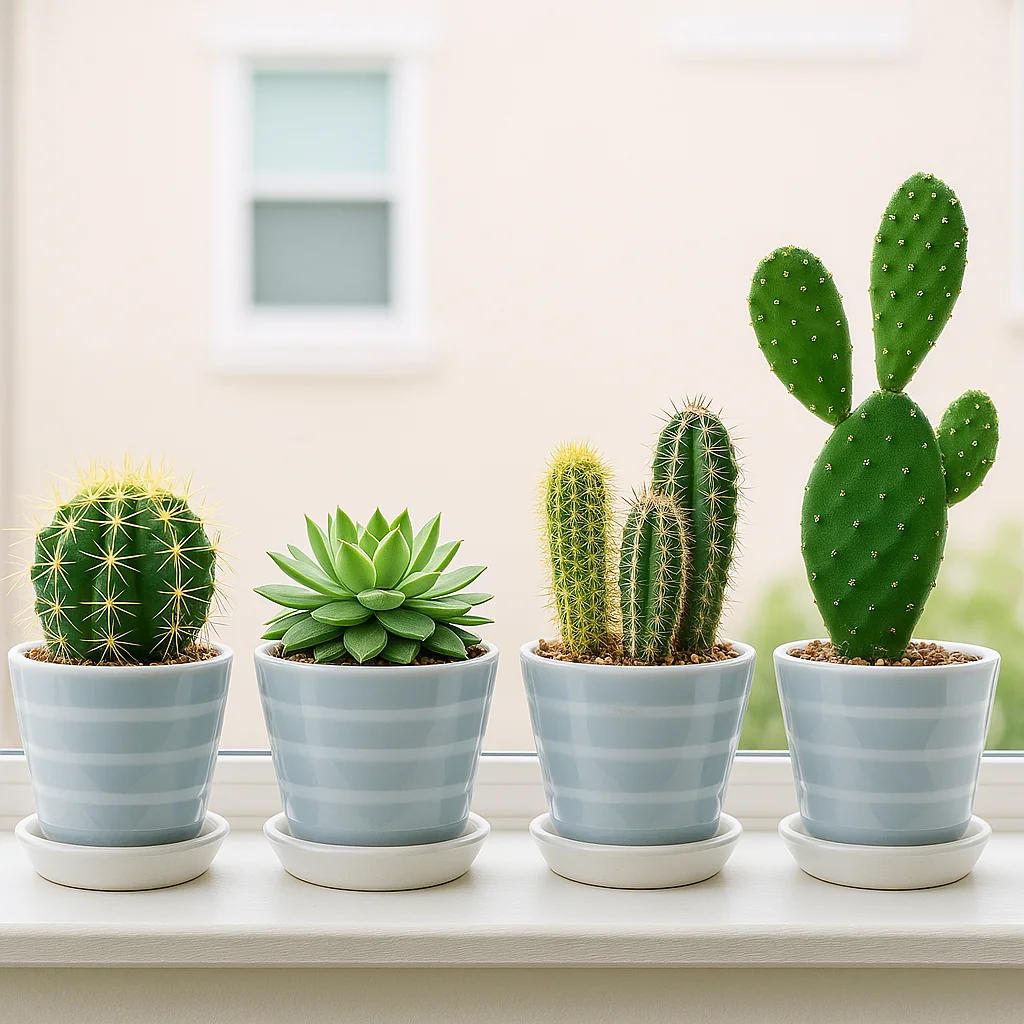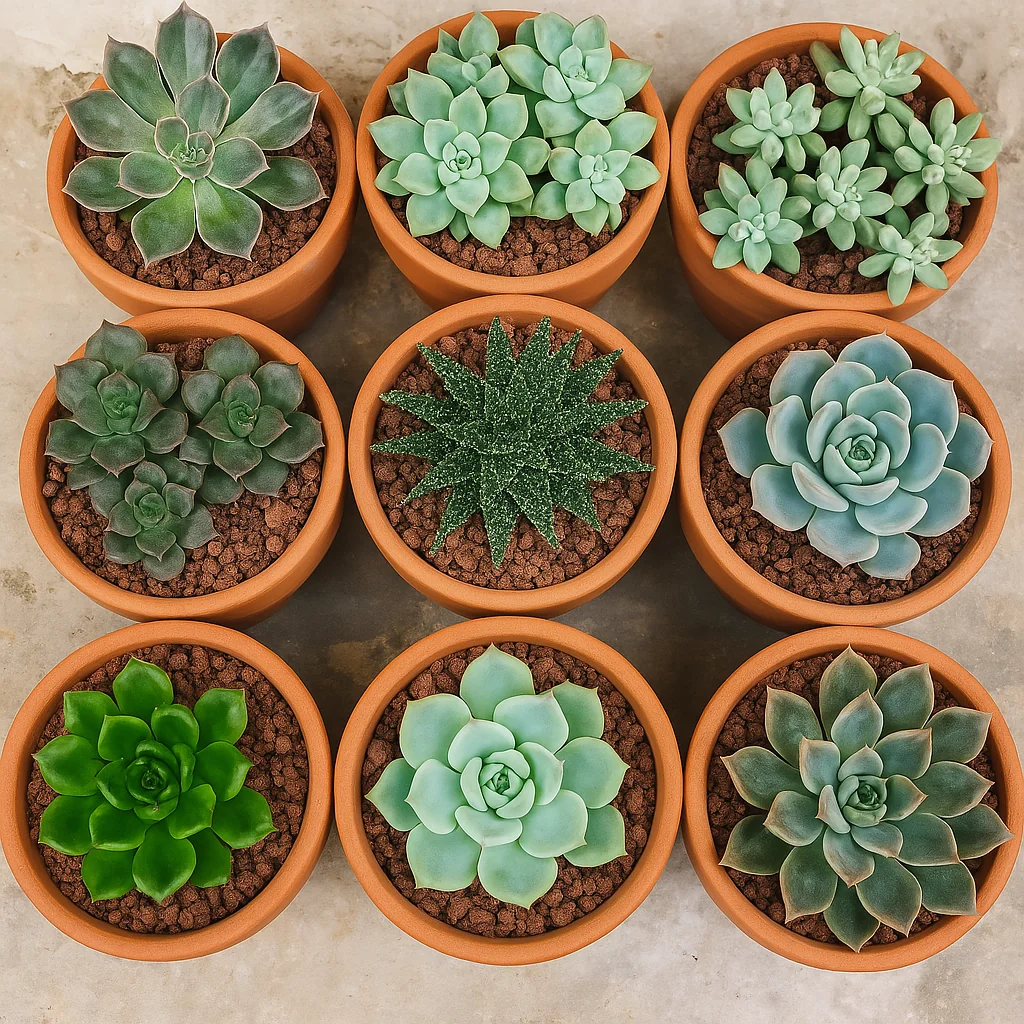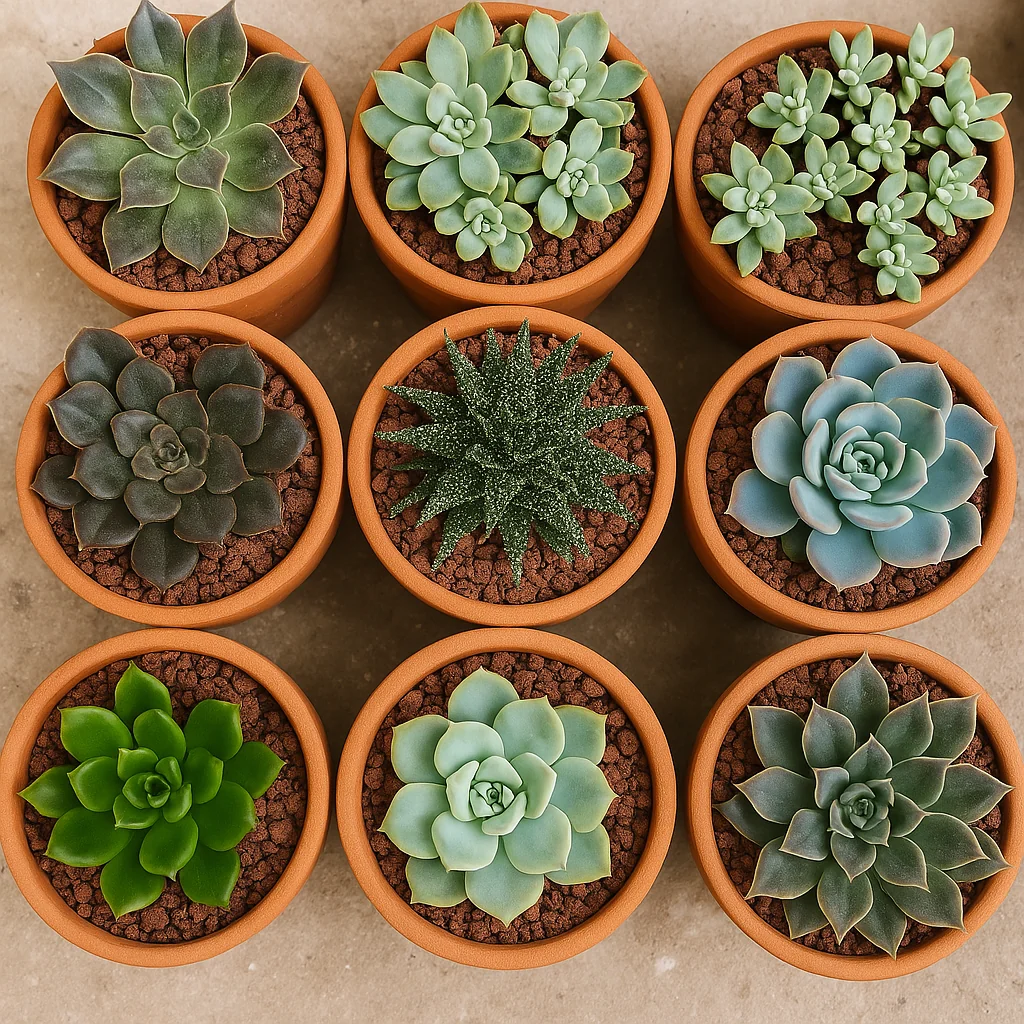How to fix overwatered succulent plants is a question many plant owners ask after noticing signs of stress like yellowing leaves, mushy stems, or a foul smell. While succulents are generally low-maintenance and can tolerate dry conditions, overwatering is one of the most common issues they face. If you’ve noticed your succulent is not looking its best, don’t worry. This guide will help you understand how to fix overwatered succulent plants and restore them to health with simple, effective steps.
1. How to Identify Overwatered Succulent Plants
The first step in fixing overwatered succulent plants is identifying the problem. Overwatered succulents often show clear signs like wilting, yellow or mushy leaves, or blackened, rotting roots. The key to recovery is catching the issue early, so regularly inspect your plants and take action if you spot any of these symptoms.
2. Remove the Plant from Its Pot
Once you’ve confirmed that your succulent has been overwatered, the next step in fixing overwatered succulent plants is to remove it from its pot. This allows you to check the roots for any rot. Healthy roots are firm and white, while rotting roots will be black, mushy, or discolored. Use sharp, clean scissors to cut away any damaged roots carefully.

3. Allow the Roots to Dry Out
After removing the damaged roots, set your succulent in a dry area for 1 to 3 days. This drying period is crucial when you’re learning how to fix overwatered succulent plants, as it helps the roots callous over and prevents further infection.
4. Inspect and Refresh the Soil
Overwatering often occurs when the soil does not drain well. To fully address the issue and prevent future problems, it’s important to inspect the soil. If it’s compacted or has a foul smell, it’s time to replace it. Fixing overwatered succulent plants involves repotting them with fresh, well-draining soil, such as a cactus or succulent mix. Ensure that the new soil has good aeration to allow water to flow freely.
5. Repot Your Succulent
Once the roots are dried and the soil is ready, carefully repot your succulent in a pot with drainage holes. This step is vital in fixing overwatered succulent plants, as the drainage holes will prevent future water buildup and root rot. Fill the pot with the new, well-draining soil, and make sure the plant is placed at the same depth as before.
6. Wait Before Watering Again
After repotting, it’s important to wait a few days before watering your succulent. This allows the plant to adjust to its new environment and minimizes the risk of further rot. How to fix overwatered succulent plants successfully includes being patient and allowing the roots to settle in their new soil.
7. Watering After Overwatering
Once your succulent has had time to adjust, it’s time to begin watering again. However, when learning how to fix overwatered succulent plants, remember that succulents don’t need frequent watering. Instead, wait until the soil is completely dry before watering. When you do water, be sure to water deeply, but allow any excess water to drain freely.
8. Place in the Right Environment
For your succulent to recover, place it in a location with plenty of indirect sunlight and ensure it’s in a room with good airflow. If your plant receives too much direct sunlight, it could stress out further, so focus on bright, indirect light. The right environment is crucial when learning how to fix overwatered succulent plants.
9. Monitor the Plant’s Health
Finally, as your succulent begins to recover, keep an eye on its health. Fixing overwatered succulent plants involves regularly checking the plant’s progress. If the leaves firm up and show signs of new growth, your plant is on the road to recovery. You should also adjust your watering routine based on the season, as succulents need less water in the winter and more during the growing season.
Final Thoughts
Knowing how to fix overwatered succulent plants is essential for maintaining a healthy, thriving garden. With a little attention and the right care, your succulent can bounce back from overwatering and continue to add beauty to your home. Just remember: succulents prefer to be under-watered rather than overwatered, so always allow the soil to dry out completely before watering again. By following these simple steps, you’ll ensure your plants stay healthy for years to come!
FAQs: How to Fix Overwatered Succulent Plants
1. What are the main signs of overwatering in succulents?
The most common signs of overwatered succulents include yellowing leaves, wilting, mushy or squishy leaves, and a foul smell coming from the soil. Additionally, the roots may appear blackened or soft when you remove the plant from its pot. These are all indicators that your succulent has absorbed more water than it can handle, leading to root rot and other complications.
2. How do I save a succulent with root rot?
To save a succulent with root rot, remove it from its pot and inspect the roots. Cut away any black, mushy, or soft roots with a clean, sharp pair of scissors or pruning shears. After removing the damaged roots, place the succulent in a dry, shaded area for 1 to 3 days to allow the roots to dry and callous over. Once dry, repot the succulent in fresh, well-draining soil, and water only after a few days to let the plant acclimate.
3. Can overwatered succulents be saved?
Yes, overwatered succulents can be saved if the damage is caught early. If the roots are not completely rotted, there’s a good chance your plant will bounce back. The key to saving overwatered succulents is removing the affected roots, allowing the plant to dry out, and repotting it in new, well-draining soil. Be sure to monitor the plant’s condition and water it sparingly going forward.
4. How often should I water my succulents to avoid overwatering?
Succulents generally require less water than most plants. It’s essential to wait until the soil is completely dry before watering. A good rule of thumb is to water succulents once every 1-2 weeks, depending on the season and the humidity of your environment. During the winter months, succulents go dormant and need even less water.
5. Why is my succulent’s soil still wet after a few days?
If the soil remains wet for an extended period, the pot may not have proper drainage, or the soil may be too dense. Succulents need soil that drains quickly to prevent root rot. If you notice that water is not draining away properly, consider repotting your succulent in a pot with drainage holes and a well-draining cactus or succulent soil mix.
6. Can I use regular potting soil for succulents?
While regular potting soil can work for some plants, it’s not ideal for succulents. Succulents require a mix that drains quickly and doesn’t retain too much moisture. If you don’t have access to commercial cactus or succulent soil, you can create your own mix by combining equal parts potting soil, perlite, and coarse sand.
7. How can I prevent overwatering my succulents in the future?
To prevent overwatering, always ensure your succulent is in a pot with proper drainage. Avoid watering on a schedule and instead check the soil’s moisture level by sticking your finger a couple of inches into the soil. Water only when the soil is completely dry. Additionally, make sure your succulent receives adequate sunlight and isn’t placed in a humid environment.
8. Should I trim dead or damaged leaves from my succulent?
Yes, trimming damaged or dead leaves helps the plant focus on new, healthy growth. Use sterilized scissors or pruning shears to remove any leaves that are yellow, mushy, or brown. However, be careful not to remove too many leaves at once, as this could stress the plant. Always trim the leaves at the base, near the stem.

Conclusion
Learning how to fix overwatered succulent plants is an essential skill for any plant enthusiast. By understanding the signs of overwatering, removing damaged roots, repotting in fresh soil, and adopting a careful watering routine, you can help your succulents thrive. Succulents are resilient plants, and with the right care, most will bounce back from overwatering. Remember: a little patience and attention can go a long way in ensuring your succulents remain healthy and beautiful for years to come. Here’s 8 Flowers That Symbolize Congratulations.

